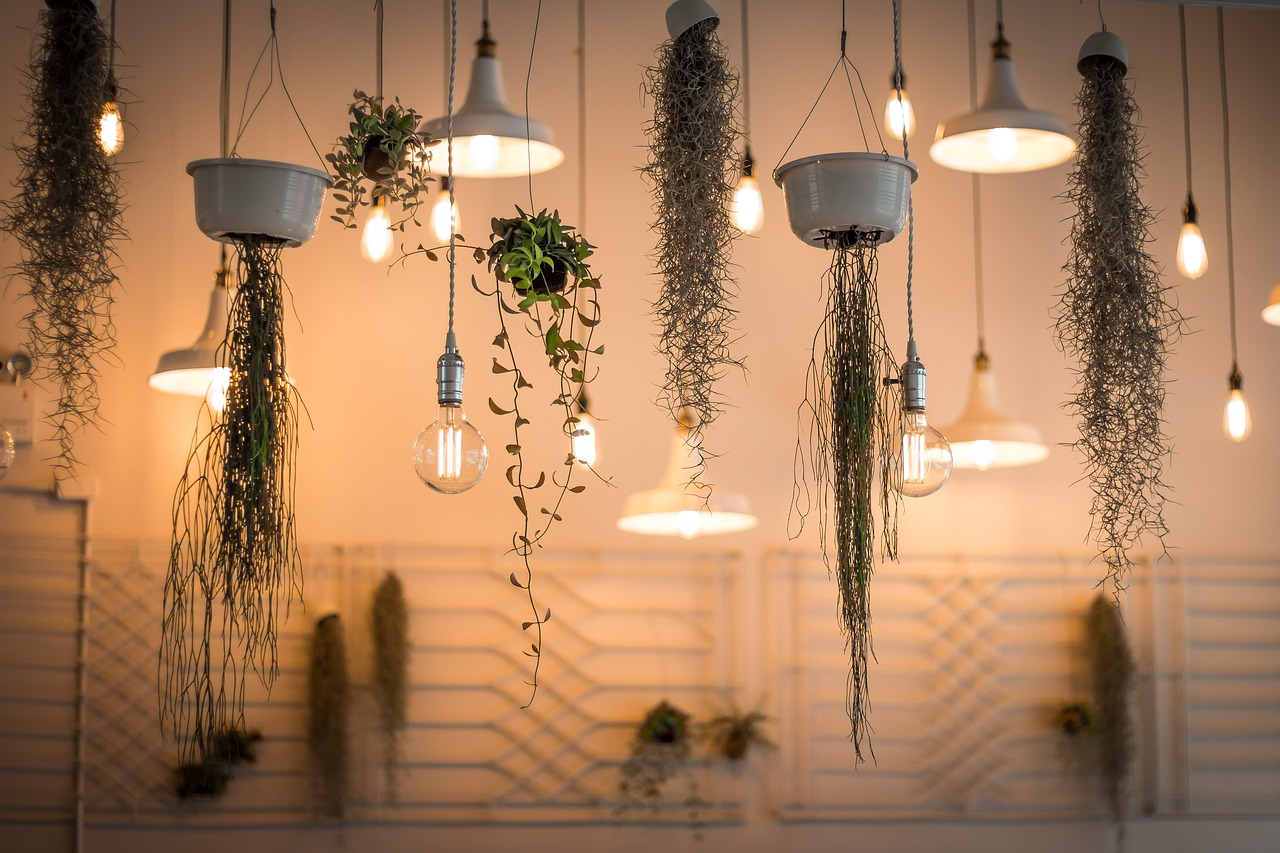Your home is more than four walls and a roof; it’s a sanctuary where you can unwind and relax after a long day. A crucial aspect of creating a comfortable and inviting living space is by investing in quality lighting. Residential lighting design has evolved beyond just ensuring basic illumination, and today it plays an essential role in home architecture and decor.
Lighting is now an integral aspect of any home interior design. Effective residential lighting design elevates the ambiance and elevates the mood of a room. The right lighting can make a small space feel more substantial or create a cozy atmosphere in a large area. Whatever your requirement is, these tips will guide you to create the perfect residential lighting design:
Layer your Lighting:
For the best results, use a combination of ambient, task, and accent lighting. Ambient or general lighting illuminates the entire room and ensures adequate visibility. Task lighting is ideal for specific activities, such as reading or cooking, while accent lighting adds depth and highlights focal points in the room. A mix of all three creates a cohesive and comfortable environment.
Choose the Right Color Temperature:
Lighting color temperature is measured in Kelvin K and falls under three primary categories: warm, neutral, and cool. For residential use, consider warm colors ranging between 2700K Ð 3000K. These colors create a cozy ambiance and mimic the warmth of natural sunlight.
Consider the Height:
Light fixture height matters in designing your residential lighting. Consider the height of the ceiling, furniture, and how tall you are when placing light fixtures. The wrong height can create an unwelcoming glare or not provide optimal lighting.
The Rule of Three:
An essential part of residential lighting design is balancing the light distribution in the room. Use the “rule of three” Ð or three light sources for a space Ð to avoid under-lighting or over-lighting a room.
Embrace Dimmers:
Dimmers are an inexpensive addition to any residential lighting design project. They allow you to adjust the light fixture’s light intensity and can create a cozy ambiance or provide a brighter light for task areas.
Natural Light:
Utilize natural light during the day by keeping windows clear and free from obstructions. You can also use window coverings to control the amount of natural light in the space. This is not only energy-efficient but also provides for a healthier and brighter living space.
LED Lighting:
LED Lighting is an outstanding option for residential lighting design. They offer a low heat output and are energy efficient, which will save you money in the long run. With various color temperatures, they can replace any traditional lighting fixture in your home.
Residential lighting design plays a significant role in home architecture and decor. The key to designing a functional and comfortable living space is to create a balanced atmosphere with layered lighting, warm tones, optimal heights, and the appropriate number of light fixtures. The right residential lighting design creates mood and ambiance, which improves well-being by enhancing mood and energy levels. Embrace these tips, and your home could not only be a beautiful but an inviting oasis.

No Comments